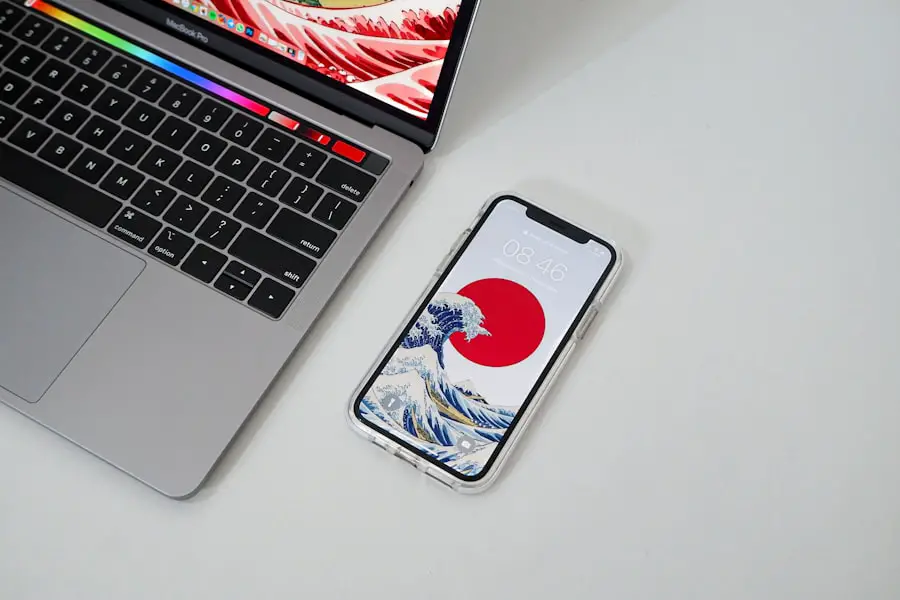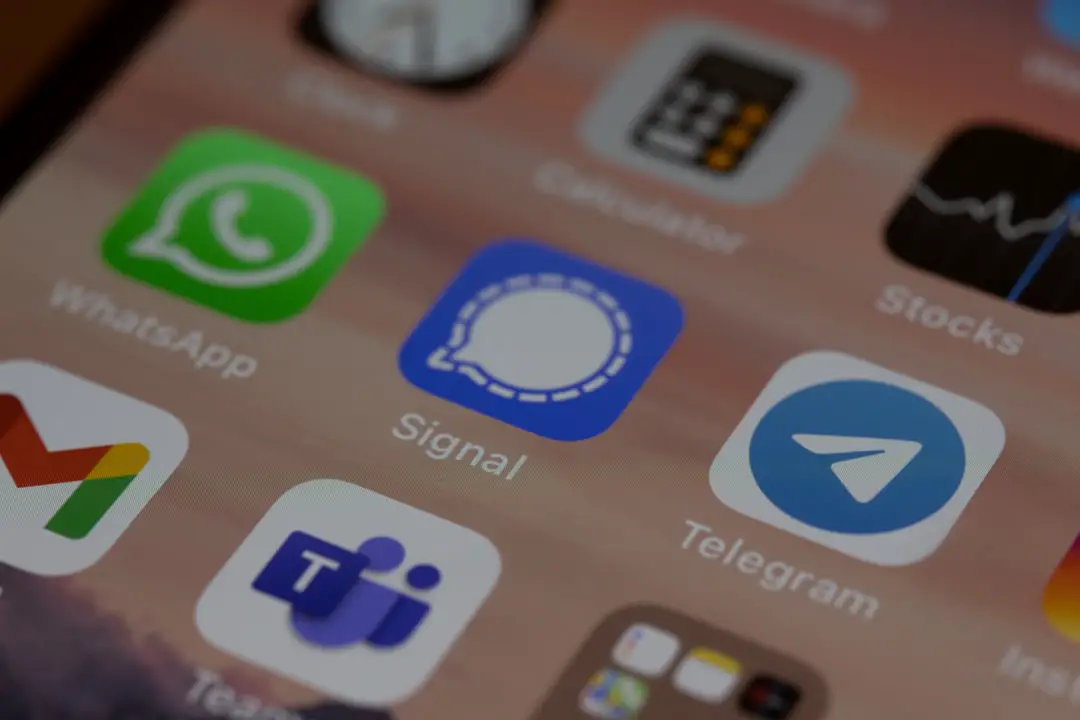The Auto-Lock feature on the iPhone is a built-in security mechanism designed to enhance user privacy and conserve battery life. This feature automatically locks the device after a specified period of inactivity, requiring the user to enter a passcode, use Face ID, or Touch ID to regain access. The primary purpose of Auto-Lock is to prevent unauthorized access to personal information and applications when the device is not in use.
By default, the Auto-Lock setting is typically set to 30 seconds or 1 minute, but users have the flexibility to adjust this duration according to their preferences. Understanding how Auto-Lock operates is crucial for optimizing the user experience. When the iPhone is locked, it not only secures sensitive data but also helps in extending battery life by turning off the display.
The feature is particularly beneficial in scenarios where users may inadvertently leave their devices unattended, such as during meetings or while traveling. However, some users may find the default settings too restrictive, leading to frequent interruptions when trying to access their devices. This balance between security and convenience is at the heart of the Auto-Lock feature, making it essential for users to familiarize themselves with its settings and implications.
Key Takeaways
- The Auto-Lock feature on iPhone automatically locks the screen after a period of inactivity to save battery and protect privacy.
- Common reasons for iPhone Auto-Lock issues include software glitches, incorrect settings, and hardware problems.
- To check and adjust Auto-Lock settings on iPhone, go to Settings > Display & Brightness > Auto-Lock and choose the desired time interval.
- Troubleshooting steps for iPhone Auto-Lock issues include restarting the device, updating software, and resetting settings.
- Resetting the Auto-Lock feature on iPhone can help resolve persistent issues and restore default settings.
Common reasons for iPhone Auto-Lock issues
Here is the rewritten text with 3-4 Common Issues with Auto-Lock on iPhones
Software Glitches and Interference
One major reason for Auto-Lock problems is software glitches that can arise from outdated iOS versions or bugs within specific applications. For instance, if an app is running in the background and consuming significant resources, it may interfere with the Auto-Lock functionality, causing the device to remain unlocked longer than intended.
Incorrect Settings and User Error
Additionally, certain settings or configurations may inadvertently override Auto-Lock preferences, leading to confusion about why the device does not lock as expected. Another prevalent issue stems from user error or misunderstanding of the settings. Many users may not realize that certain modes, such as Low Power Mode or specific accessibility features, can alter how Auto-Lock behaves.
Impact of Special Modes and Features
For example, when Low Power Mode is activated, the iPhone may extend the time before it locks automatically to ensure that users can access their devices without interruption while conserving battery life. Furthermore, if a user has enabled features like Guided Access or Screen Time restrictions, these can also impact how and when Auto-Lock engages, leading to unexpected behavior that can frustrate users.
How to check and adjust Auto-Lock settings on iPhone

To effectively manage Auto-Lock settings on an iPhone, users must navigate through the device’s settings menu. This process begins by opening the “Settings” app, which serves as the central hub for all device configurations. Once inside the Settings menu, users should scroll down and select “Display & Brightness.” Within this section, they will find the “Auto-Lock” option.
Tapping on this will reveal a list of time intervals ranging from 30 seconds to 5 minutes, as well as an option to disable Auto-Lock entirely. Adjusting these settings is straightforward; users can simply tap on their preferred duration to set it. For those who frequently use their devices for reading or watching videos, extending the Auto-Lock time may enhance usability by reducing interruptions.
Conversely, for individuals concerned about security or battery life, setting a shorter duration can be beneficial. It’s important for users to periodically review these settings, especially after software updates or changes in usage patterns, to ensure that their preferences align with their current needs.
Troubleshooting steps for iPhone Auto-Lock issues
| Troubleshooting Steps | Description |
|---|---|
| Check Auto-Lock Settings | Go to Settings > Display & Brightness > Auto-Lock to ensure the correct time is set for auto-lock. |
| Restart iPhone | Turn off and then turn on the iPhone to see if the auto-lock issue is resolved. |
| Update iOS | Check for any available iOS updates and install them to fix any software bugs causing the auto-lock problem. |
| Reset Settings | Go to Settings > General > Reset > Reset All Settings to reset all settings to default, including auto-lock settings. |
| Restore iPhone | If all else fails, backup the iPhone and perform a factory reset to resolve any persistent auto-lock issues. |
When users experience problems with the Auto-Lock feature not functioning as expected, several troubleshooting steps can be taken to identify and resolve the issue. The first step involves restarting the iPhone. A simple reboot can often clear temporary glitches that may be affecting system performance and functionality.
To restart an iPhone, users can press and hold the power button until they see the “slide to power off” option appear on the screen. After turning off the device and waiting a few moments, they can power it back on and check if the Auto-Lock feature is now working correctly. If restarting does not resolve the issue, users should consider checking for any software updates available for their device.
Apple frequently releases updates that address bugs and improve overall performance. To check for updates, users can navigate to “Settings,” then “General,” and select “Software Update.” If an update is available, downloading and installing it may rectify any underlying issues affecting Auto-Lock functionality. Additionally, users should review any recently installed apps that might be causing conflicts; uninstalling or updating these apps could also help restore proper operation of the Auto-Lock feature.
Resetting the Auto-Lock feature on iPhone
In cases where troubleshooting steps do not yield results, resetting the Auto-Lock feature may be necessary. This process involves reverting all settings related to Auto-Lock back to their defaults. Users can initiate this reset by going to “Settings,” selecting “General,” and then tapping on “Transfer or Reset iPhone.” From there, they should choose “Reset” and then select “Reset All Settings.” It’s important to note that this action will not delete any personal data or apps but will reset system settings such as Wi-Fi passwords and wallpaper preferences.
After performing this reset, users will need to reconfigure their Auto-Lock settings according to their preferences. This step can often resolve persistent issues by eliminating any conflicting settings that may have been inadvertently applied over time. Following a reset, it’s advisable for users to monitor their device closely to ensure that Auto-Lock functions as intended and that no further issues arise.
Updating the iOS software to fix Auto-Lock problems

Enabling Automatic Updates
To enable automatic updates, users can go to “Settings,” select “General,” then tap on “Software Update,” and toggle on “Automatic Updates.” When an update is available, it’s essential for users to read through the release notes provided by Apple. These notes often highlight specific fixes related to known issues that could affect features like Auto-Lock.
Benefits of Regular Updates
Regularly updating iOS not only enhances security but also ensures that users benefit from improvements made by Apple based on user feedback and reported issues.
Why Updates Matter for Auto-Lock
For instance, if a recent update addresses a bug that caused devices to remain unlocked longer than intended, installing this update could resolve ongoing frustrations with Auto-Lock behavior.
Seeking help from Apple Support for persistent Auto-Lock issues
If all troubleshooting efforts fail and Auto-Lock issues persist, seeking assistance from Apple Support may be necessary. Apple provides various support channels including online chat, phone support, and in-person appointments at Apple Stores or authorized service providers. When contacting support, it’s helpful for users to provide detailed information about their device model, iOS version, and specific symptoms they are experiencing with Auto-Lock.
Apple Support representatives are trained to diagnose problems effectively and can offer tailored solutions based on individual circumstances. They may suggest advanced troubleshooting steps or even escalate the issue if it appears to be a more significant software problem affecting multiple users. Additionally, if hardware issues are suspected—such as problems with sensors that detect inactivity—Apple Support can guide users through potential repair options or replacements.
Tips for preventing future iPhone Auto-Lock problems
To minimize future issues with the Auto-Lock feature on an iPhone, users can adopt several proactive strategies. First and foremost, regularly updating both iOS and apps ensures that any bugs are addressed promptly and that compatibility remains intact across all functionalities of the device. Users should also be mindful of their app usage; if certain applications consistently interfere with Auto-Lock behavior, it may be worth considering alternatives or reaching out to developers for support.
Another effective strategy involves managing background app activity. Users can limit background app refresh by navigating to “Settings,” selecting “General,” then tapping on “Background App Refresh.” Disabling this feature for non-essential apps can help reduce resource consumption and potential conflicts with Auto-Lock functionality. Additionally, being aware of how different modes—such as Low Power Mode—affect device behavior can empower users to make informed decisions about when to enable or disable these features based on their current needs.
By understanding how Auto-Lock works and taking proactive measures to manage settings and software updates effectively, users can enjoy a seamless experience with their iPhones while ensuring their devices remain secure and efficient in daily use.
If you are wondering why your iPhone keeps locking itself, you may want to check out this article on iPhone Info’s terms and conditions. Understanding the terms and conditions of your device may provide insight into why certain features, such as automatic locking, are occurring. Additionally, you can visit iPhone Info’s about page to learn more about the company and their expertise in iPhone troubleshooting. And don’t forget to review their privacy policy to ensure your personal information is protected while seeking solutions to your iPhone locking issue.
FAQs
Why does my iPhone keep locking itself?
There are several reasons why your iPhone may keep locking itself. It could be due to a software glitch, a setting in the phone’s configuration, or a hardware issue.
How can I troubleshoot my iPhone’s automatic locking?
You can troubleshoot your iPhone’s automatic locking by checking the auto-lock settings in the phone’s configuration, ensuring that the software is up to date, and checking for any physical damage to the device.
What are some common settings that may cause my iPhone to lock itself?
Common settings that may cause your iPhone to lock itself include the auto-lock feature, which can be adjusted in the phone’s settings, and the proximity sensor, which may be triggering the lock screen inadvertently.
Can a software update fix my iPhone’s automatic locking issue?
Yes, a software update can potentially fix your iPhone’s automatic locking issue, as updates often include bug fixes and improvements to the device’s performance.
When should I consider seeking professional help for my iPhone’s automatic locking issue?
If troubleshooting steps do not resolve the automatic locking issue, or if there is physical damage to the device, it may be necessary to seek professional help from an authorized Apple service provider or technician.










